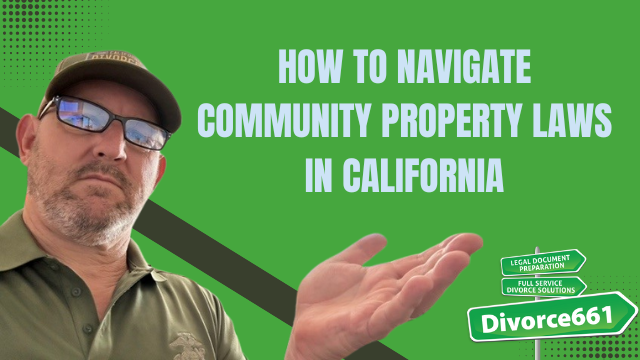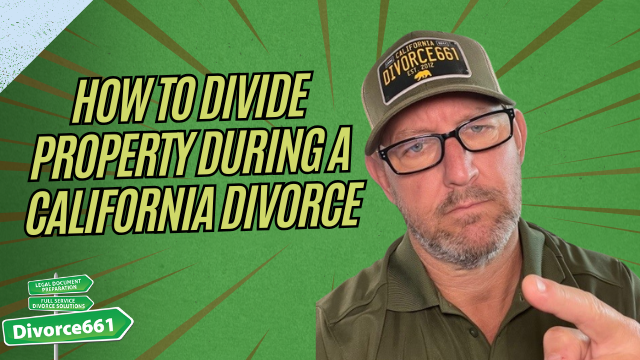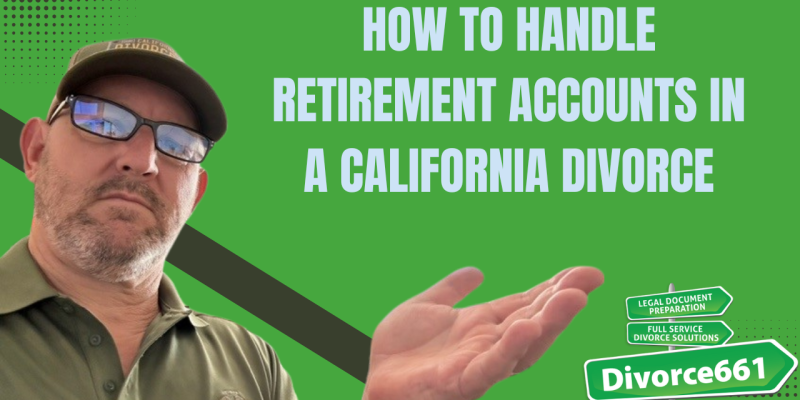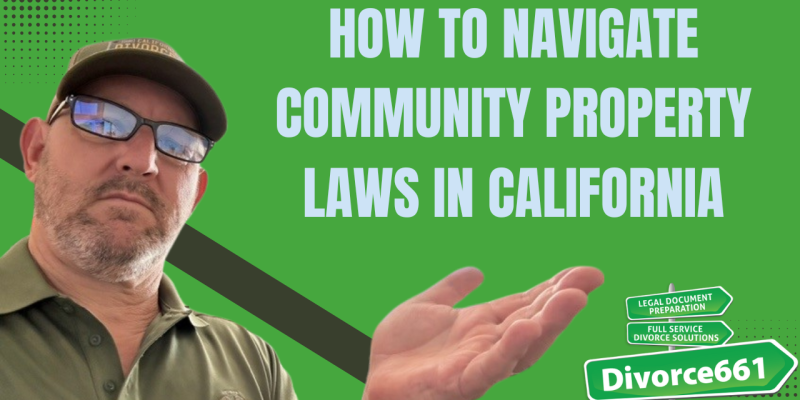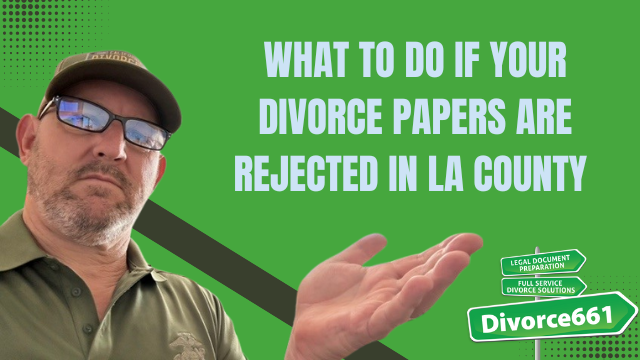How to Handle Debt Division in a California Divorce
I’m Tim Blankenship from Divorce661. In this piece I’ll walk you through one of the most overlooked—but critically important—aspects of divorce in California: dividing debt. Get it wrong and you could be saddled with financial headaches long after the marriage is over. Get it right, and you’ll step into your next chapter with clarity and peace of mind.
Why debt division matters
Most people focus on splitting assets and forget that debts can be just as consequential. In California, debts incurred during the marriage are typically treated as community obligations—meaning they’re generally split 50/50, no matter whose name appears on the account. That credit card or car loan in one spouse’s name can still be half yours unless you handle it properly during the divorce.
Community property vs. separate debt — the basics
Community debt = debts incurred during the marriage for the community’s benefit. These are usually split equally.
Separate debt = debts incurred before marriage, after separation, or obtained with separate funds and kept separate. These are generally the responsibility of the spouse who incurred them.
Understanding which category a debt falls into is the key to a fair division.
Common examples of community debts
- Credit card debt from accounts used for household expenses
- Auto loans taken out during the marriage
- Tax debt generated while married
- Loans or lines of credit obtained for family or joint benefit
How to identify community vs. separate debt
Classification often turns on timing and use. Here are practical steps to determine where a debt belongs:
- Gather documentation: account statements, loan agreements, and payment histories.
- Check the date the debt was incurred—before marriage, during marriage, or after separation.
- Ask how the funds were used. Debts funding household living, joint expenses, or shared investments usually point to community debt.
- Look for commingling or transmutation: separate funds used for joint purposes (or vice versa) can change how a debt is classified.
Real case example
We worked with a couple who had over $20,000 in credit card debt. Although much of that debt was in one spouse’s name, it was incurred during the marriage and used for family expenses—so it was community debt. The couple negotiated a practical solution: one spouse agreed to assume a larger portion of the debt in exchange for keeping a larger share of the couple’s savings. We documented the agreement and submitted it to the court; the arrangement was approved without issue.
“Debt in your name can still be split 50/50 if it’s community debt. That’s why proper documentation matters.”
How to structure and document a fair agreement
A clear, court-approvable agreement protects both parties. Here’s what a clean approach looks like:
- Identify each debt and classify it as community or separate—with documentation.
- Negotiate trade-offs when appropriate (for example: one spouse takes more debt in exchange for more assets).
- Put the agreement in writing, signed by both parties.
- File the agreement with the court so it becomes enforceable after the divorce is finalized.
How we help at Divorce661
At Divorce661 we specialize in helping amicable couples reach clean, fair, and legally sound agreements about debt—and then we handle the paperwork. Our typical support includes:
- Identifying community vs. separate debt
- Structuring equitable trade-offs and divisions
- Preparing and filing court-ready documents
Our goal is to leave you free to move forward without lingering financial uncertainty.
Recap and next steps
In short:
- Debt division is as important as asset division in a California divorce.
- California is a community property state—most debts during marriage are split 50/50.
- Proper identification, negotiation, and documentation are essential to avoid future complications.
If you’re navigating debt division in a divorce and want help identifying debts, structuring a fair agreement, and getting everything filed correctly, visit divorce661.com to schedule a free consultation. We’ll help you handle debt cleanly and fairly so you can move on with confidence.


